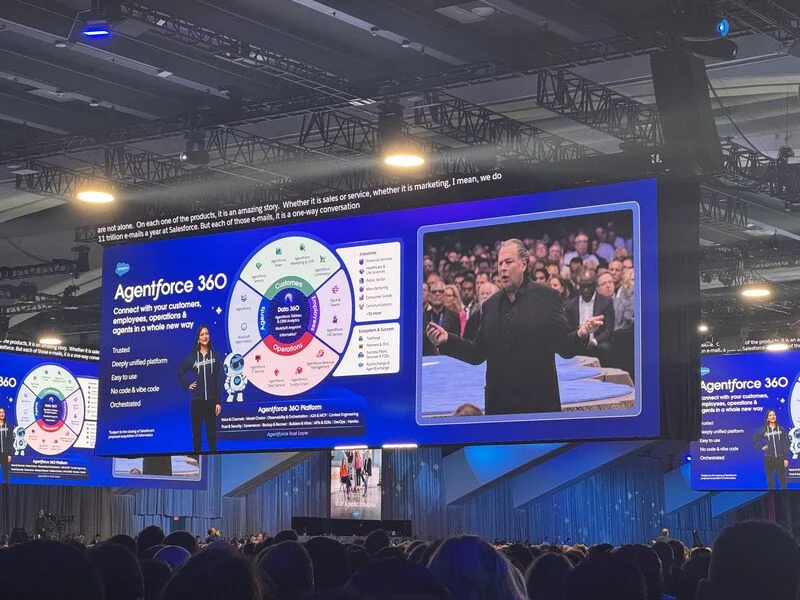Meeting the challenges of complex IT project upgrades
30 Oct, 20175 minsNew technology - the phrase inspires fear and optimism in equal measure. The current IT land...

New technology - the phrase inspires fear and optimism in equal measure. The current IT landscape, however, is awash with legacy technologies that are no longer performing as intended. These systems often feature a number of customisations – in essence, turning an off-the-shelf product into a bespoke package. This creates a significant lack of incentive for change. Why should a business change – after all, the solution works and is just the way they like it, right?
Many organisations, for simple logistical effectiveness, decide to sweat their asset to avoid investment and maintain profit margins. On understanding the efficiency benefits that can come from the implementation of new systems, such as upgrading servers or ERP (Enterprise Resource Planning) systems, organisations can be persuaded that the benefit outweighs the risk.
Upgrades – the double-edged sword of IT
The benefit behind an upgrade is clear – organisations can potentially enjoy greater communication between previously disparate systems, resulting in greater amounts of actionable business intelligence. A key result of which is the aim of all businesses – boosted profitability.
What is often not considered, however, is the human factor behind such an upgrade. Existing teams operating and installing systems will invariably have a large amount of training, at no small expense, on how to best go about this task.
New technology brings with it the requirement for new business processes and a shift in how the people within an organisation work – it’s not as simple as purchasing a new solution, plugging it in and turning it on.
Companies tend to undervalue people. It has almost become a cliché that employees are a business’ greatest cost, where in reality, they make the entire business function possible in the first place. A business without people is one that is doomed to fail. New technology means that companies must re-think their strategy - put simply, their business processes may not work within their new ERP landscape.
The introduction of new technology requires people to change how they work - this is where resistance can and will be met. Companies tend to undervalue people, and often believe that changing an IT system to be more efficient and save costs is just about changing servers or an ERP system. This neglects the human impact to the business - not just from an IT perspective.
Historically within SAP (Systems, Applications and Products), one example is EWM (Extended Warehouse Management) software. As this is based on different architecture than SAP ECC (ERP Central Component), it requires different understanding from all parties involved.
New systems; new challenges
In the past, clients assumed a good SAP WM (Warehouse Management) consultant could automatically support new EWM projects as said systems have similar names. This viewpoint is currently one of the largest challenges facing businesses and is a reason many projects fail.
Currently a business can either undertake a complex migration project, porting across the previous customisations of a system, or start from scratch with a new package and retrain specialists from scratch. A common perception with recent SAP projects is that they are neither run nor completed as successfully as in the past. A lack of change management is the reason behind this – with expectations often not meeting the reality of the situation.
The future of SAP is their newest release - S/4 HANA. This package will require a big shift to processes and operations. To properly meet this challenge, the first step is ensuring the right talent is in place to oversee the software’s integration.
The next step is to integrate this system within existing requirements, training internal stakeholders on its use and purpose. Many IT projects fail because the right buy-in has not been gained, and the proper talent is not on hand to manage the process. With the right information on hand, S/4 HANA has the potential to revolutionise businesses the world over.
It is human nature to resist change and stay in our comfort zones - new IT systems and the benefits they offer require a new way of working for success.



